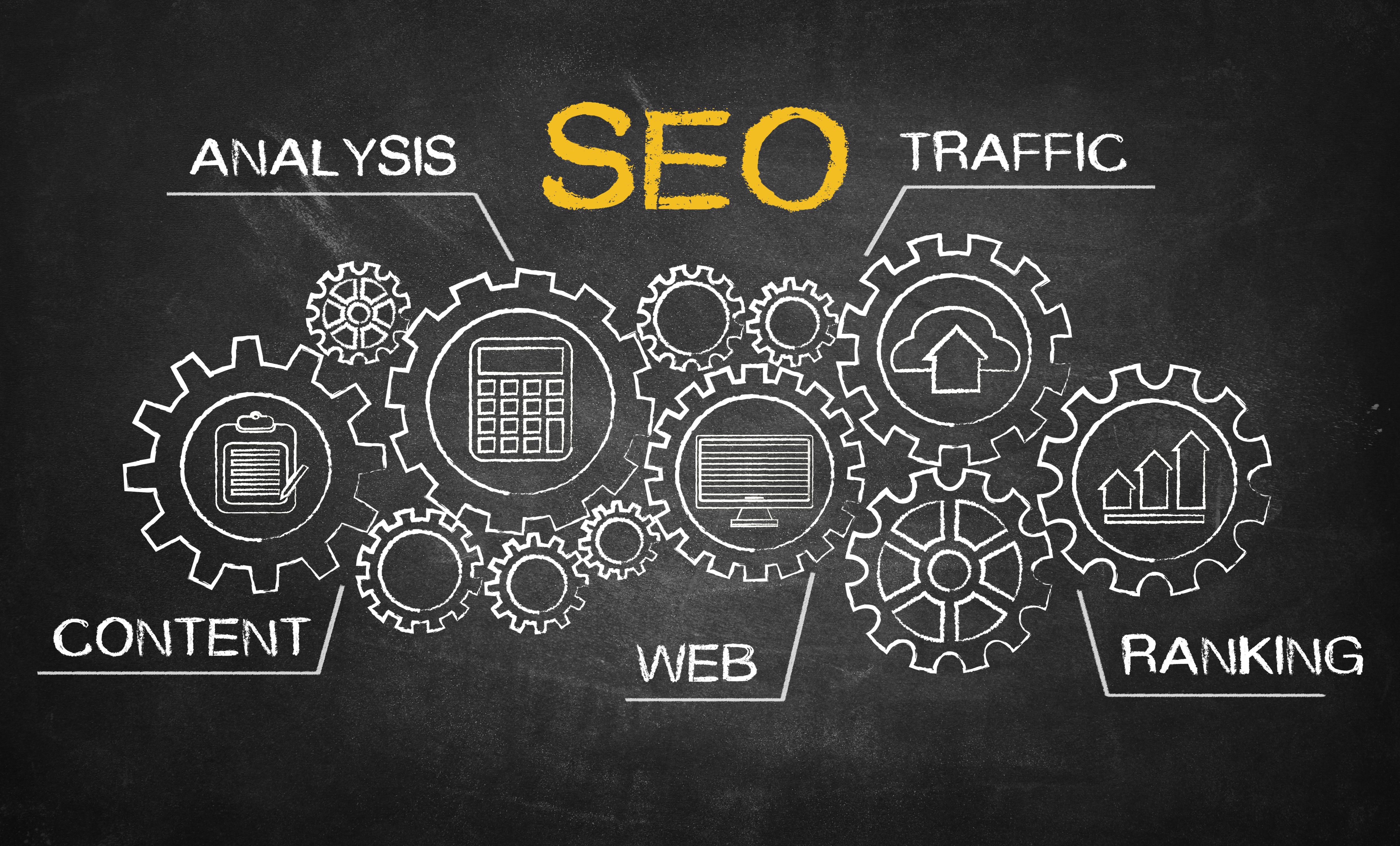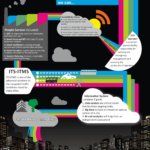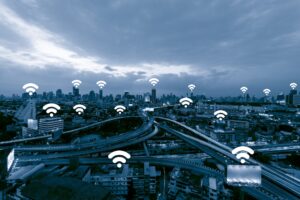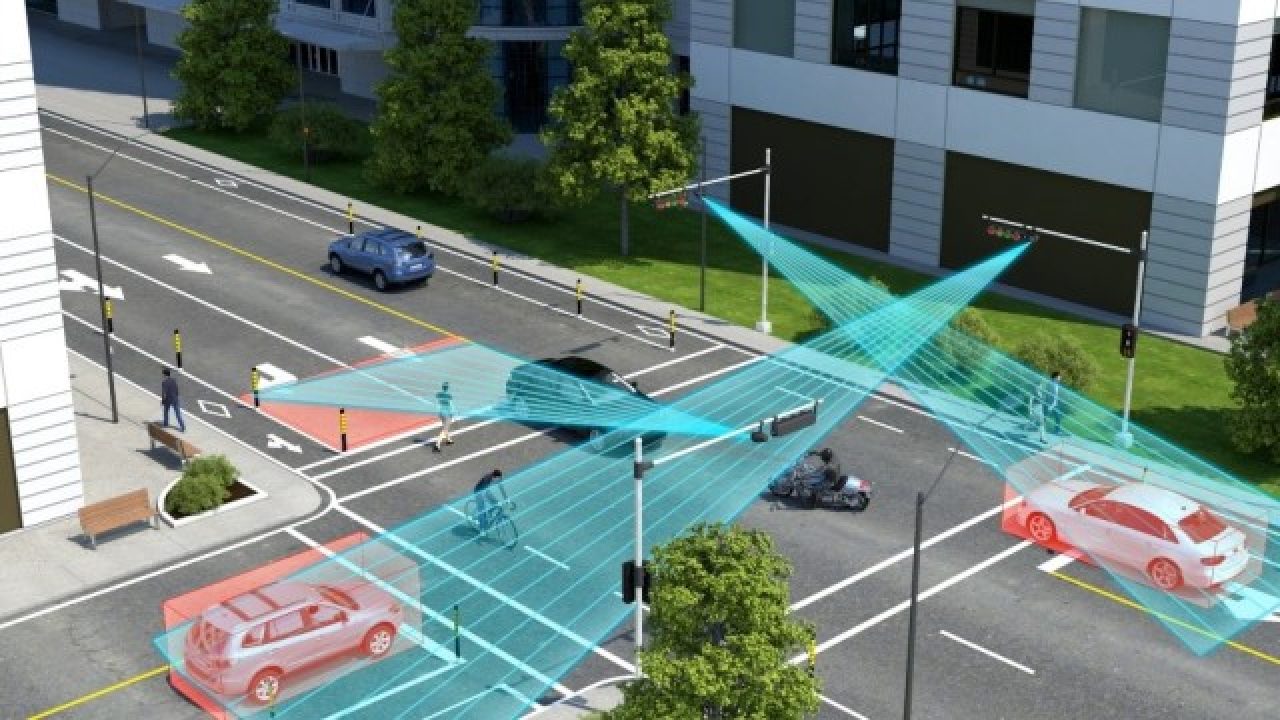
12 April, 2021Uncategorized
Intelligent Traffic Management System (ITMS), is one of the advanced solution to the congested traffic conditions face by many cities.Those cities which are transmuting from rural to urban cities also created similar chaos. As a result of rapid industrialization and urbanization, many cities are facing increased volume of population which resulted in an unplanned city infrastructure. Unplanned infrastructures includes Road & Junctions, Sewerage Networks, and Utility Ducts etc.
Increased population will be requiring Multi-mode Transport System for seamless daily commute. Because of the unplanned City infrastructure, heavy traffic congestion, traffic violations, road accidents and a disconnected Transport System will be a curse to the growing population.
How Information and Communications Technology (ICT) enables Smarter Traffic Management System?
A Smarter or Intelligent Traffic Management System (ITMS) will enables a well-managed traffic on the city roads. Solution will diminishes the traffic congestion, environmental pollution, less accidents & violations and restructure the improved utilization of Multi-Mode Transport System.
ITMS services emphasis on four key areas of traffic management & road safety:
- Develop a sense of order on the roads by efficiently prosecution of traffic violators and traffic law enforcement
- Enhance Situational Awareness of existing traffic conditions on real time basis
- Develop ability to assimilate and Analyse Real Time Traffic Information and historic trends to support decision making on traffic management strategies
- Create linkages to support Information sharing through traffic controllers, Variable Message Signs, Public Address (PA) systems etc.
Vital Components of the System comprises of:
- Automatic Number Plate Recognition (ANPR) System
- Red Light Violation Detection (RLVD) System
- Speed Violation Detection System
- PA System
- E- Challan System
- Adaptive Traffic Control System
- Centralized Control Command Center
automatic Number Plate Recognition (ANPR) System is one of the traffic enforcement solution which utilities Optical Character Recognition (OCR) technology for identifying and determining the numbers from the license plate of vehicles. Images of Vehicle is captured through CCTV camera and the captured image is analysed using dedicated computer software. Once the software recognizes the characters with the help OCR, it will automatically
give the number on the screen.

Theft vehicle route identification
ANPR helps in identifying the details of stolen vehicles like when, where and through which route the stolen vehicle has gone. Another use of ANPR system is to ensure seamless entry at Parking gateways, where reading the vehicle number plates automatically and provides entry to the Parking slots.
Red Light Violation Detection (RLVD)
System & Speed Violation Detection System (SVD) are the other traffic enforcement systems where the vehicle violations are captured through a CCTV camera based on the event trigger.
In the case of RLVD, there will be a detection camera/ evidence camera which will be capturing the image of the vehicle which are violating the red signal at the same time, ANPR camera will capture and decode the vehicle licence plate. Evidence camera will capture both the Vehicle position as well as the Traffic red light as a proof of violation.
Likewise, SVD System is also has a similar mechanism of determining violation. But instead of having an evidence camera as a trigger, it might be using a Radar technology to detect and trigger the camera for capturing a fast-moving vehicle. The major challenge in SVD system is that the camera should be capable enough to capture the snapshot of a fast-moving vehicle in both day time as well as night. In such a scenario, higher frame rate camera is the only option.
Once all the systems are in place, the identified violations based on the ANPR system will be recorded in a central server from where a ticket/ challan will be automatically generated and sent to the Vehicle Owner through e-mail/ sms/ by post.
adaptive Traffic Control System (ATCS) is one of the important ITMS component in restructuring the issues pertaining to City traffic. In the previous case, the system deals with Traffic Law enforcement issues whereas in ATCS, it is a different kind of business. ATCS focus on how to improve the free flow of Traffic in a City with the help of true technological intelligence.
Conventional traffic signals work on the principle of fixed timing at the Traffic controllers. That means, traffic controllers at each junction will be pre-set with a fixed time, so that there will be fixed time for red, green and orange lights in each arm of the road. Similarly, all the junctions will be working in synchronously (An automatic system with a pre-set timing). The conventional system once had a greater advantage but now, because of the ever increasing population, more vehicles are on the city roads which drastically increased the waiting time at each junctions. Increased waiting time means, an increased fuel consumption, increased environmental pollution thus it creates severe health issues to the general public. At the same time, this system doesn’t have any mechanism to provide information about the volume of traffic congestion.
ATCS has resolved all the drawbacks of the conventional system. It captures the volume of traffic flow at each arm of the road and dynamically determines the timing of traffic signals based on its intelligence. It uses specialized Machine Learning (ML) algorithms for this purpose. The system captures the traffic volume in real-time from each arms of the junction and sends the data feed to a Central Server. Central server is having an Artificial Intelligence (AI) engine, which receives similar input from multiple junctions across the city. All the data feed received is been processed by the AI engine and with the help of ML algorithms, it determines how much time need to be set at each junction in the city to ensure a steady and hassle-free vehicle movement.
ATCS system will give a real-time information about the traffic congestion at various parts of the city and the same can be informed through the general public through digital information boards along the city roadside.
how a city administration benefits from ITMS?
All the above solutions will provide an insight into the traffic pattern of the evolving city. SVD, RLVD and ANPR system will give an understanding about the areas within the city which is having frequent traffic signal violations, accidents etc. Volume of traffic signal violations can be clustered so that regulations can be enforced at those zones. Whereas in the case of road accidents, such areas can be grouped so that the City Administrators can investigate more about the accident zones. City Administrators can take a decision on the matter for example, whether the causes of accidents in such zone is due to the inappropriate design of the road,or because of the road needs improvement/ re-surfacing etc. City administration can take serious note on such issues and make quick decisions.
how a city administration benefits from ATCS?
ATCS will give a real-time information about the traffic volume in the city. It gives an overall understanding about the city roads that, which all roads need to be widened enough to contain the increased volume of traffic. Also, it will provide interpretation regarding multiple route options for traffic movement, i.e., which all roads can be converted from 2-way roads to 1-way roads.
Thus, for any developing or developed country, ITMS plays a key role in shaping the city traffic to the next level by reducing traffic violation & congestion.
Intelligent Transportation Systems for Smart Cities (ITS)
A city’s transport system acts as a lifeline for the smooth functioning of the city. In the absence of right commuting channels, life comes to a halt for people residing in urban areas. Proper means and management of transport channels defines the quality of life in modern hi-tech cities.
Intelligent Transportation System (ITS) can revolutionize the way people commute in metros and smart cities. ITS offer novel approach in providing different transportation modes, advanced infrastructure, traffic and mobility management solutions. It uses number of electronics, wireless and communication technologies to provide consumers an access to a smarter, safer, and faster way to travelling.
Market reports estimate an annual growth rate of 25.1% in smart transportation segment for coming five years. From USD 72.05 Billion in 2016 it is expected to reach USD 220.76 Billion by 2021. The major proponents of this growth are smart cities, need for public security and safety and government’s initiatives to improve present day transportation infrastructure.
Important Features of Intelligent Transportation Network
Public Transportation Management: The service is aimed towards the encouragement of public transport use amongst people. The goal can be achieved by effective automation, planning and management of public transportation with the help of real time data analysis of different routes. The information helps in knowing vehicle schedules and offering quick response to operators and dispatchers during the deviation, delay or other emergency scenarios. It also helps in ensuring the security of people engaged in public transit systems.
Route Information: If travelers have prior information about the route best suited for their journey their travel becomes easy and comfortable, especially for a new zone. Real time information about traffic conditions, transit systems, sharp turns, stop signs, road conditions, man oeuvres and other instructions about the routes can ease travel. The driver can access all these information through their computer, smartphones or telephone network before proceeding their journey. They can also check about the travel time duration, traffic flow condition, alternate routes, on road construction activity, transit routes, toll fares, parking facilities through variable message signs (VMS), communication and wireless devices.
Safety and Vehicle Control: The service ensures safety assistance to vehicle operators through information regarding vigilance and vehicle control. Drivers can assess their driving capabilities, road conditions, and vehicle performance. They can be warned about any front or rear end collisions when they are changing lanes or turning at intersections by tracking position of other vehicles. Also advanced sensors in vehicles can assist drivers during poor visibility period due to bad weather or night vision by capturing images of surrounding environment. The goal is to reduce accident or crash situation by informing drivers as well as emergency operators of the imminent collisions.
Electronic Timetable: These charts can assist travelers in knowing the arrival and departure time, delays, transfers and connections at transit or bus stations. The information help travelers in making informed decisions or any last minute readjustments they wish to make in their trip.
Electronic Payment System and Single Fare Card: With the integration of transportation system, consumers don’t have to waste time in buying tickets for different modes of transport. They can make one single electronic payment and obtain one fare card for buses, metros, trains etc. The card can be recharged online, at retail outlets or transit stations.
Important Technologies in Intelligent Transportation System
Advanced Tracking System: Nowadays majority number of vehicles are fitted with in-vehicles GPS. The GPS system offers a two way communication helping traffic professionals to locate vehicles, check speeding vehicles, and provide emergency services. Smartphones, mobile apps, Google maps have become useful tools in tracking them, knowing road quality, traffic density and locating different routes and places.
Advanced Sensing Technologies: These include intelligent sensors both in vehicles and road infrastructure. The Radio Frequency Identification (RFI) and intelligent beacon sensing technologies are ensuring safety of drivers in cities world over. Road reflectors, inductive loops are in built with road, helping in traffic control and safe driving especially during night. They can also inform about the vehicle density in a particular time period and can identify vehicles at both slow as well as high speed.
Advanced Video Vehicle Detection: Video cameras or CCTV surveillance can solve many problems for traffic managers. Video footage of strategic places and prime junctions can help operators in observing traffic flow, identifying any emergency situation or road congestion. In built vehicle sensors, automatic number plate detection helps in keeping a check on vehicles for security purpose.
Advanced Traffic Light System: Nowadays Radio Frequency Identification (RFID) is used in traffic lights system. The technology offers correct algorithm and database even when applied to multiple lanes, road junctions and vehicles. These lights can adjust themselves during critical and peak hour traffic situations without any manual presence.
Emergency E-Call Vehicle Service: During emergency situation like accident or any mishap, in-vehicle sensors can establish a contact with the nearby emergency center. The e-call will help driver to connect with the trained operator and also transmit important information directly to the center such as time, location, direction of vehicle and vehicle identification. The e-call service has been made mandatory across Europe in all new approved vehicles.
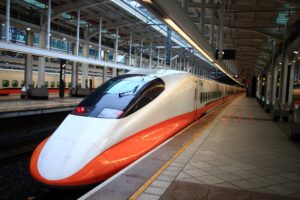
Benefits of Intelligent Transportation System
Minimize Pollution: the aim of ITS is to promote use of public transport in general masses. By providing single point services and giving access to real time information about transport schedule, delays consumers will be drawn towards public transport reducing private car usage thereby lowering traffic congestion and lowering pollution levels. Also people will be motivated towards the use of clean fuel, bike sharing and carpooling habits.
Security and Safety: the real time data analysis through GPS, CCTV, wireless and internet connectivity, advanced sensing technologies can help provide emergency and critical care services to drivers and travelers when required. Surveillance of public transportation can help city managers in alerting against terror elements and avoiding mishaps or terror attacks.
Market for Mobile Apps: the new age transportation is very much depended on smartphone and mobile apps for route guides, weather forecasts, parking spots, transit points, arrival and departure details etc. This will give boost to smartphone app market.
Smart Parking Solutions: parking woes affect every city dweller. Smart parking solutions with the help of right infrastructure, internet connectivity, security cameras can minimize them to a great deal. Many urban centers now have multi-layer parking system. Also there are apps which guide users about the free parking space available nearby.
While developed nations like United States, Europe, and Dubai have been investing heavily in ITS network for over a decade now. It is still a challenge for developing nations. The major problems faced by these countries in adoption of ITS network is lack of funding, lack of IT infrastructure, lack of formal transportation system, unplanned cities, illiteracy, poor public infrastructure etc. To emulate west, a lot has to be done in this arena from huge infrastructure funding to change in habits of general population and government’s initiative for better transportation infrastructure for present and future generation.

